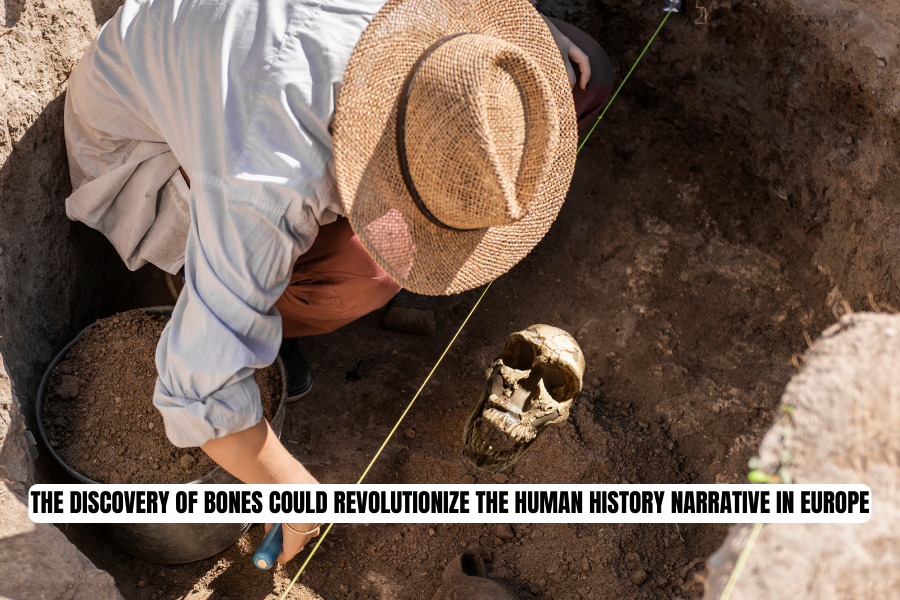The discovery of microscopic protein and DNA fragments from bones found in an 8-meter-deep cave in eastern Germany has shed new light on the interactions between modern humans and Neanderthals about 45,000 years ago in northern Europe.
The origin of unique stone tools has been questioned by genetic research of fossils discovered close to Ranis, indicating that Homo sapiens, not Neanderthals, were the tool’s original builders. The Ranis cave site challenges our current view of the temporal link between Homo sapiens and Neanderthals by indicating the earliest spread of Homo sapiens across higher latitudes of Europe.
The important change in understanding was highlighted by Jean-Jacques Hublin, a researcher from the Collège de France and the Max Planck Institute for Evolutionary Anthropology, who claimed that Homo sapiens arrived in northwest Europe far earlier than Neanderthals did in southwestern Europe. This discovery implies that the two populations overlapped by several thousand years, interbred, and left traces of Neanderthal DNA in modern people. It also suggests that contrary to popular belief, Homo sapiens first arrived in the colder parts of northern and central Europe.
Three articles that describe the findings and laboratory analyses carried out at the Ilsenhöhle cave near Ranis between 2016 and 2022 have been published in Nature and Nature Ecology & Evolution. Not only was the Lincombian-Ranisian-Jerzmanowician (LRJ) stone tool style prevalent in Ranis, but it was also found throughout Europe, ranging from Moravia to the British Isles. Assumptions on the dispersion of early human populations were called into question when the excavation turned up Homo sapiens fossils north of the Alps.
In addition to the LRJ stone tools, human fossils were found by the excavation team after they successfully navigated the challenging task of thoroughly investigating the whole 8-meter series of the cave. When the shape of the bones was unknown, the scientists used palaeoproteomics, a method that uses proteins isolated from bone fragments to identify human and animal remains. Further DNA analysis verified the bones’ identification as Homo sapiens, despite early analysis identifying them as hominins. The fossils, which have been radiocarbon-dated to around 45,000 years ago, show that Homo sapiens were surprisingly able to adapt to the severe environment of northwest Europe at that time.
The study not only modifies the conception of early human migrations but also clarifies how technologically and ecologically adaptive Homo sapiens were during a period of harsh northern European climate. The results add to the continuing story of how humans evolved and how various hominin communities interacted.
Sarah Pederzani, a post-doctoral fellow at the University La Laguna, shared her thoughts in a CNN article.






